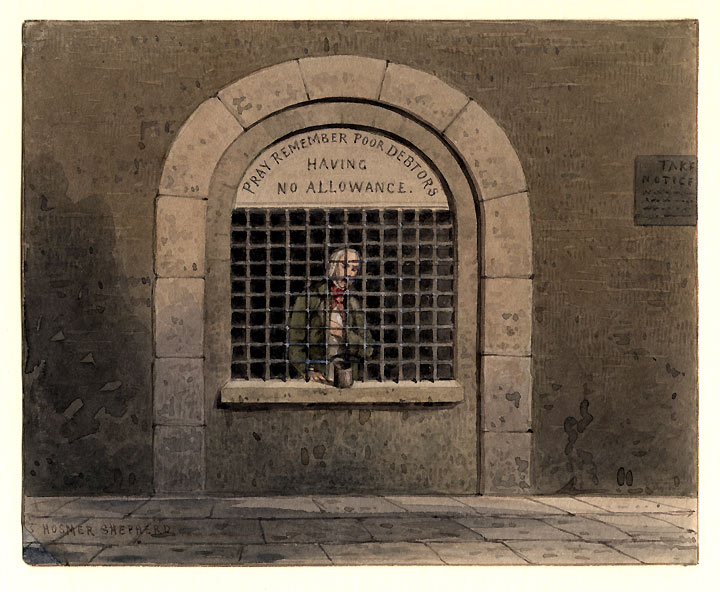Martin Myant, ETUI
The European Union has performed exceptionally badly in economic terms in comparison with the world as a whole since 2008. The ETUI’s publication Benchmarking Working Europe 2014 poses the question of whether we are not half way through a wasted decade. The first half has been lost already and current policies promise little more than slow growth over the next few years.

Source calculated from IMF data
Figure 1 compares the EU with the USA and the rest of the world. The difference between the euro zone and others is very small. The crisis was not caused by problems with the euro. It was initially caused by problems in the banking and private finance systems that hit hardest those countries that had become most dependent on outside credits, a group that spanned currency areas. However, the failure to solve problems within the euro zone and the imposition of austerity policies do mark something of a divide. The countries with the deepest continuing depressions after 2010 have all been euro zone members, especially those falling under the sway of the Troika’s policies.
Figure 2 shows the diverging performances across the EU ordered by GDP growth in the period 2008-2013. At the far left are the countries with the biggest GDP falls over the whole period. Several of them showed some recovery in 2010, but they were then plunged back into recession. These are the victims of the harshest austerity. They were not the lowest-income countries at the start of the crisis, so it is not a simple picture of increasing inequality within the EU. A new division has been created cutting across previous dividing lines.
Countries differed in when and how they were hit by the first crisis and in how far they recovered. The initial downturn in 2009 was due to two causes, reductions in external credit that had fuelled growth, particularly in construction, and a sudden fall in exports of manufactured goods that depended on credit or investment demand. The first of these effects was persistent: private construction activity did not recover. The second was transient: demand for motor vehicles recovered and demand for machinery and investment goods grew elsewhere in the world. The downturn after 2010 was then the result of austerity policies which hit countries rather differently but were particularly severe in a number of Eurozone members.
Thus economies previously heavily dependent on credit (examples being Spain, Ireland, Hungary and the Baltic Republics) were threatened with lasting depression. Economies with export potential and limited dependence on external credit (examples here are Germany, Sweden, Slovakia and the Czech Republic) were able to recover and grow. The Baltic Republics spanned both categories, suffering very severely from reductions in financial inflows but able to benefit from a rapid growth in exports.
The causes of these differing export performances are crucial to assessing policies recommended or imposed from the European Commission. A central argument has been that reducing unit labour costs by reducing wages would improve competitiveness and hence export performance. Figure 3 shows the widely diverging levels of export growth. The biggest increases were in a number of relatively low-income countries but there are very wide variations that bare no relationship to recent policy measures, such as austerity and the so-called ‘internal devaluation’.
The explanation for these divergences lies in longer-term factors. Success depended on the country producing goods of a quality that could compete internationally and for which there was an expanding market. Thus Baltic Republics, albeit exporting largely simpler products, benefited from expanding markets in their natural trading partners of Russia and Scandinavia. So large was their export growth that it could help significantly towards almost restoring 2008 GDP levels despite the collapse in credit-fuelled activities.
Germany benefited from rising demand outside Europe for expensive motor vehicles and investment goods which was enough to compensate for falling demand in other EU members. Slovakia, Romania and the Czech Republic benefited from the restoration of demand for passenger cars, in which they specialised. Greece, having not previously developed modern export sectors, was one of the very few countries that suffered decline.
In no case were short-run wage developments important to export success. In fact, it appears that wages were quite likely to rise in export sectors while they were falling in public-sector activities that are not directly relevant to export price competitiveness. It was also quite common for export prices to rise, for example by 20% in Greece from 2009 to 2013 (while average real earnings fell by 14.8%) and by 29% over the same period in Latvia (while average real earnings fell by 9.3%). This might suggest that profits were increasing in the firms. It could also be that export structures were shifting towards higher quality products.
Government spending could counter the effects of private sector decline and it did help to hold back depression in a number of countries in 2009. The most obvious example is Poland in which spending continued on construction, notably on football stadiums and roads. The country also benefited from a low prior dependence on financial inflows from outside and from a low dependence on exports for which demand was falling. Public spending also continued in some other countries of eastern and central Europe, with considerable benefit from EU subsidies particularly in the Baltic Republics. Where public spending was cut after 2010 the effect was clear in depressing demand and precipitating the second downturn.
These policies have been justified by the alleged needs to control public debt and to improve external competitiveness. In fact, public debt relative to GDP has increased across all EU members since 2008, with the one exception of Sweden. It has grown particularly rapidly in those countries subjected to the most severe austerity. Improving external competitiveness requires improving the quality of products and sophistication of products and that depends primarily in overall modernisation of economies, including investment in skills, education, research and infrastructure. Policies of austerity have made that more difficult and their continuation threatens to turn a wasted half decade into a wasted full decade.
Martin Myant is chief economist at the European Trade Union Institute in Brussels






